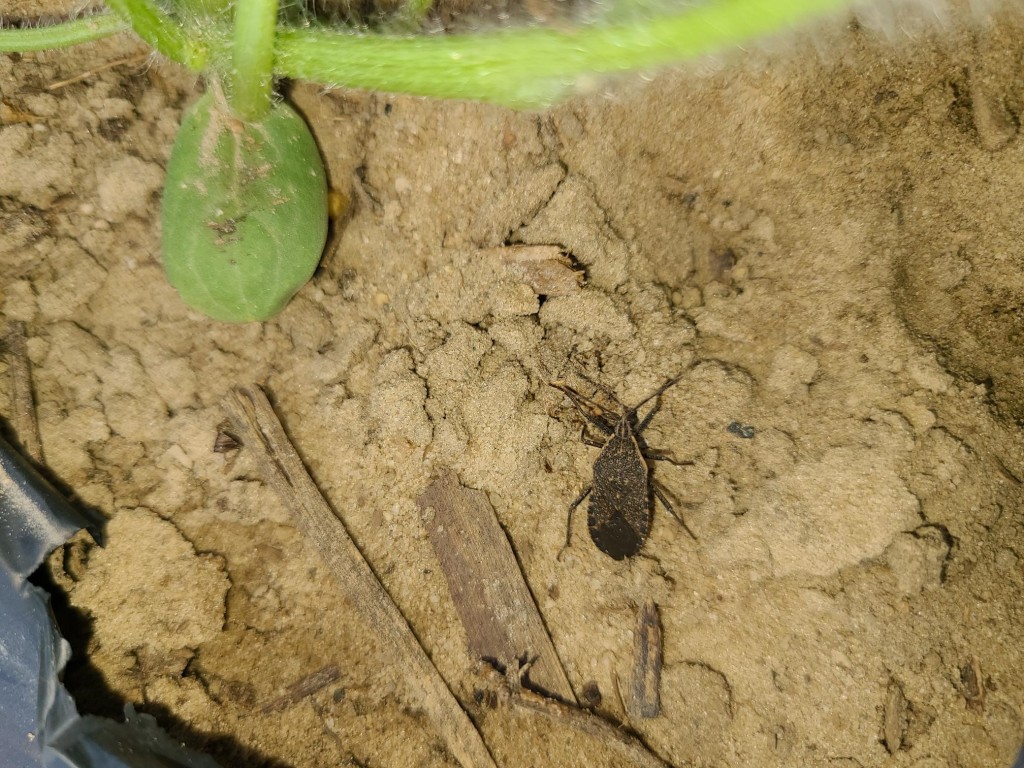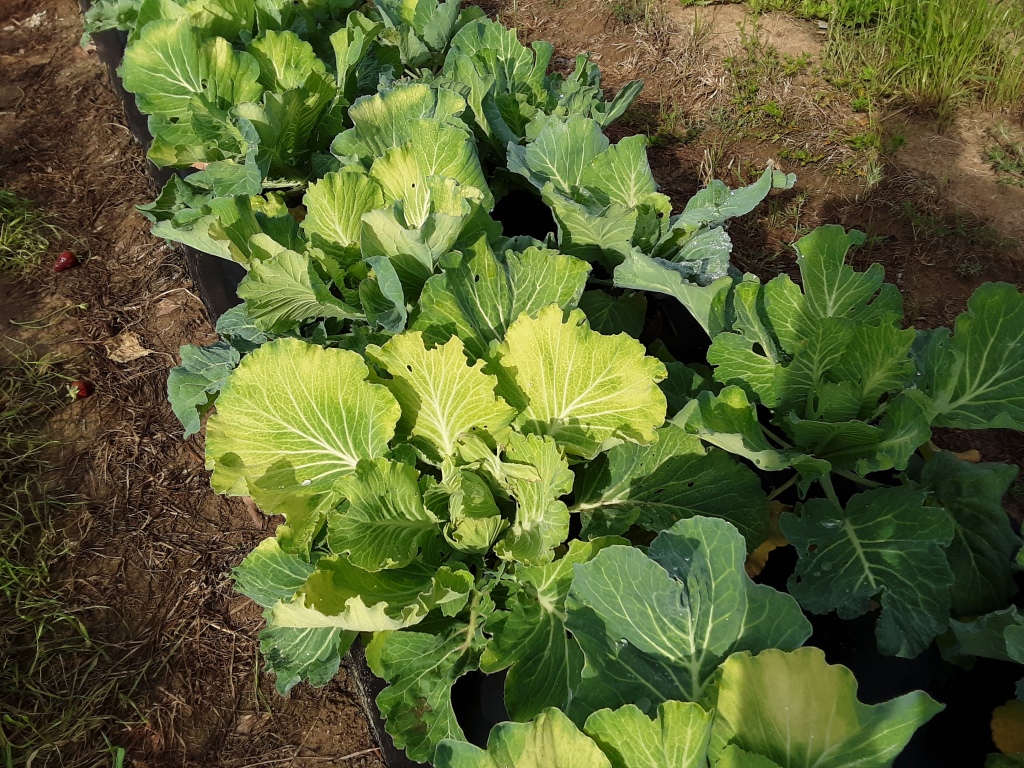Clemson Extension agents provide updates in the The South Carolina Grower this week about the status of various crops being produced throughout the state.
Weekly Field Update-5/3/21
Coastal
Rob Last reports, “Botrytis (gray mold) is evident in places following rainfall. Sanitation and removal of the infected berries are critical to reducing inoculum loading. Fungicide applications will also be required to prevent spore germination and further spread of the disease. Where spider mite treatments have been applied, they have effectively reduced the populations but will still require scouting and monitoring. Yields achieved are very good. Cucurbit crops continue to develop well with a low incidence of chill injury from the cooler temperatures observed on April 21/22. Crops are running well, with some flowering being observed. Cucumber beetles are being monitored, and a few aphids are present in places. Cucumber beetles observed are currently below the threshold of 5 beetles per plant. Squash bugs are also being found on some sites. Careful monitoring will be required because numbers can increase rapidly. Crops are free from disease; however, protectant fungicides are still a critical input. Blueberries are swelling well and beginning to blush. Blackberries are flowering with excellent fruit set and bud formation. Spider mites have been evident in these crops, too. However miticide applications are proving very effective.

Zack Snipes reports, “We had another nice week of weather in the Lowcountry. We are starting to dry out again, so some rain would be nice. All of our crops look really great right now with no huge issues. The biggest issue I see right now is spider mites on all crops which makes sense with the warm, dry weather. I’ve gotten a few calls about some strawberry plants putting out runners. We need to get in the fields and pinch those off while we are cleaning up dead berries, blossoms and tissue. I have been in several vegetable fields lately and seen some inconsistencies in plant growth and vigor. Upon further inspection of some tomato and squash crops, I found galling on the roots which is an indicator of root-knot nematodes. If this is the case on your farm, pull up a few plants and look at the roots. We need to keep good notes on where these areas or fields are and practice good crop rotation for next season or use resistant cultivars. There are some cover crops that help with suppression as well. If you want to pull a soil sample to check for nematodes, give your local agent a call. We are doing a statewide survey looking for the guava root-knot nematode and can assist with sampling. In case you missed the “Update from the Tomato Fields” talk last Wednesday, here is the link.

Midlands
Justin Ballew reports, “The weather last week was mild and it is very dry again. The inch of rain we got last weekend didn’t go very far. Strawberries are still yielding well, though in some fields, we’re starting to see berry size decrease, like we frequently see towards the end of picking. Folks had to remove water-damaged berries from their fields following the rain this past weekend. I guess the silver lining in this dry spell is we haven’t had many water-damaged berries yet this year. We’re still seeing some mites here and there, but disease pressure remains low. I found a berry last week with an anthracnose fruit rot lesion for the first time this season. So even though disease pressure is low, we still need to keep up with fungicide programs. There is some rain in the forecast for this week. Now would be a good time to throw in one of the site specific fungicides.”

Sarah Scott reports, “Along the Ridge, crews are still finishing up thinning in peach orchards to ensure good sizing on fruit. We are well into our summer cover spray programs for the season. During pit hardening, it is critical to do preventative treatment for bacterial spot. Growers should be watching for plum curculio activity as well as scale crawlers in the next week as well. Some powdery mildew has been found on foliage. Refer the the 2021 SE Peach, Nectarine, and Plum Management Guide for specific treatment recommendations. Strawberries are performing well. Some spider mite activity as well as some botrytis in the fields, which could worsen with several days of wet weather in the forecast. Transplanting of summer crops continues, including tomatoes and peppers. Curcurbits are becoming established and harvest will begin soon.

Pee Dee
Tony Melton reports, “Tomatoes, peppers, cucumber, and sweet potato slips are really growing since it has warmed up. Getting ready to sidedress and plow cucumbers. Fresh market cabbage will be ready to harvest soon. Processing collards are almost ready to harvest – some downy mildew has been seen. Asparagus suffered from excessive rains last year. Saw some sunscald and chemical burn on strawberries, so watch what products you are applying foliar, especially fertilizers. With the small amount of rain we had last week, many acres of peas have been planted. However, it is awfully dry again.”









